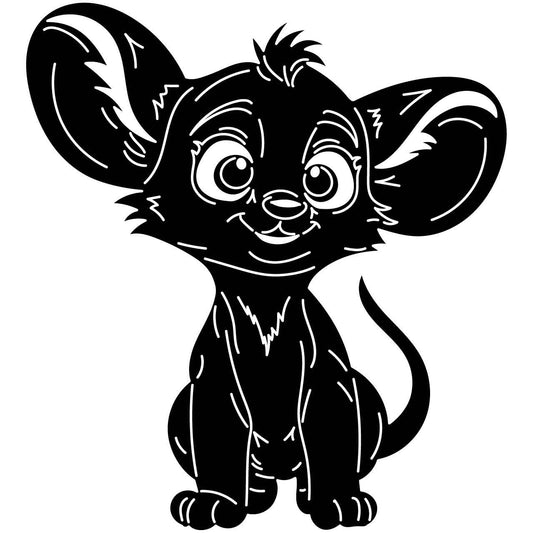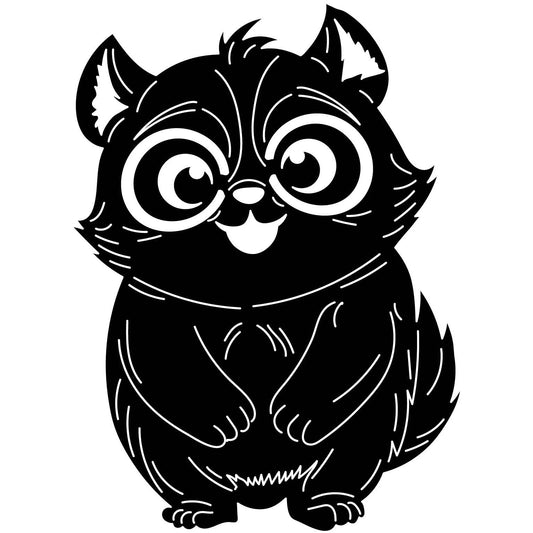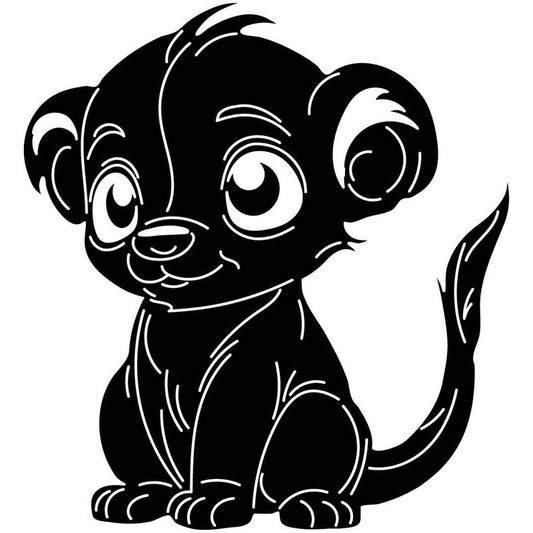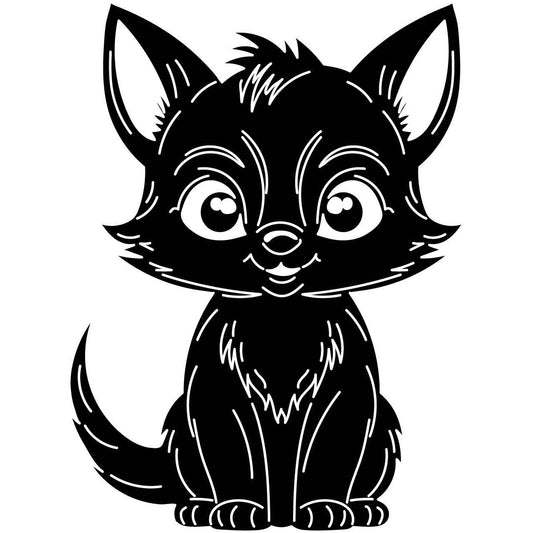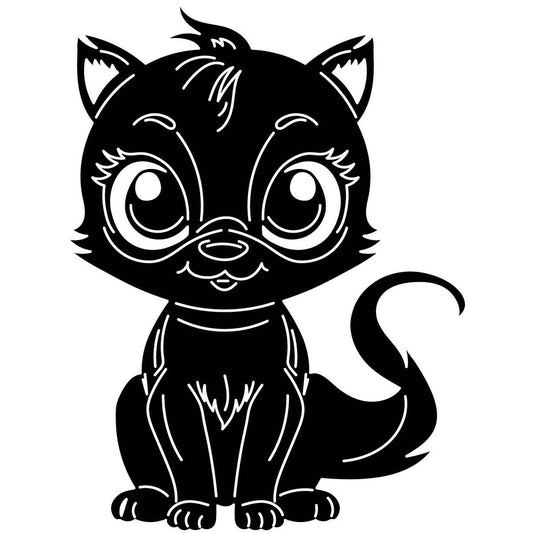
Before you jump headlong into the world of CNC laser cutting, it’s important to understand what exactly that means. CNC stands for Computer Numerical Control, which refers to how computer systems can be used to control the movement of machines. CNC laser cutting is a type of laser cutting that uses software to control the speed and position of the laser to cut out a pre-determined pattern. It is one of many manufacturing processes commonly referred to as computer-assisted or computerized manufacturing. CNC laser cutting has its pros and cons when compared with other similar processes, such as traditional CO2 laser cutting or waterjet cutting. Still, it is something that many small businesses might find appealing for its ease of use and versatility. In this article, we’ll explain everything you need to know about CNC laser cutting, from software options to industry examples.
What is CNC Laser Cutting?
Computer numerical control (CNC) laser cutting is a type of laser cutting process that uses software to control the speed and position of the laser so as to cut out a pre-determined pattern. CNC is one of many types of manufacturing processes that are commonly referred to as computer-assisted or computerized manufacturing. The first step in CNC laser cutting is designing your pattern on a CAD program, which you upload to the machine. The software will guide the machine along the outline defined by your pattern, making sure every cut falls within an exact area. This means you don’t need to set up complicated guiding systems; just input your design and let the software do all the work. It also makes it much easier for beginners or those with less engineering experience to learn how to use this process. In addition, because you can align any shape or size with precision, it’s possible to incorporate more complicated shapes into your design - something that other types of laser cutting would have trouble doing. This means that CNC lasers are useful for tasks like engraving text onto metal or wood products. Of course, there are certain limitations when comparing CNC laser cutting with other methods such as traditional CO2 laser cutting or waterjet cutting: for example, CNC lasers cannot cut through materials thicker than 2 mm without overheating and burning through them. They also don’t work well on delicate surfaces like fabrics or paper products; however, these limitations generally only
Who Uses CNC Laser Cutting?
CNC laser cutting is a specific type of laser cutting that is often used for prototyping and for creating thin-material products. It's also popular in industries like automotive, aerospace, and packaging. CNC laser cutters are more affordable than other types of cutting machines, making it an attractive option for small businesses trying to save money on production costs.
CNC Laser Marking vs. CNC Laser Cutting
CNC laser marking and CNC laser cutting are two different processes in the wide world of computer-assisted manufacturing. Laser marking is very similar to traditional engraving, but instead of a mechanical process removing material from the surface, it uses a laser beam to create a design on the surface. Laser cutting takes this one step further by using the same technology to automatically remove material from a larger area at an extremely precise level. It’s this difference that makes CNC laser cutting more versatile than other types of manufacturing processes like CO2 laser cutting or waterjet cutting—it can be used for high-volume production, whereas other methods are better suited for projects with smaller quantities.
The Benefits of CNC Laser Cutting
One of the main benefits of CNC laser cutting is its versatility. Other processes such as waterjet cutting are only capable of cutting through a limited number of materials, while CO2 laser cutting is time-consuming and expensive. With CNC laser cutting, you can cut through metal, wood, fabric, and even paper! It’s great for small businesses that need to cut metal or other heavy-duty materials often. Another benefit of CNC laser cutting is the ease-of-use. You can use CNC software to design your project in just a few clicks and get the machine up and running within seconds. There’s no need to worry about complicated setup or other time-consuming processes. CNC laser cutting also has an advantage over CO2 laser cutting because it doesn’t have a minimum order quantity requirement. If you want to make one sign or prototype part with CO2 laser cutting, you need to purchase at least $1,000 worth of material at once. With CNC laser cutting there is no minimum quantity required when starting out--you can always start small!
The Drawbacks of CNC Laser Cutting
CNC laser cutting is often lauded for being less expensive and more versatile than CO2 laser cutting or waterjet cutting. However, it does have its own drawbacks. One drawback of CNC laser cutting is the need for CAD design. If you are looking to cut your own designs in a way that can be seen as an advantage, then CAD design isn’t necessary. But if you're just looking to reproduce a simple shape or typeface, then you'll need to either sketch out your desired design on paper and use that as a template, or invest in CAD software like Adobe Illustrator or Inventor and create the design yourself. Another possible drawback of CNC laser cutting is that it might not be able to produce very tight curves or corners because of how the system relies on flat surfaces to manipulate the material undercutting process. The ability to produce curves and corners depends heavily on how wide the material being cut is and how much pressure it can take before bending too sharply.
Where to Find More Information
The best way to find out more about CNC laser cutting is to speak with someone in the industry. If you have access to a machine, then you should talk to the person who knows how it operates the best. If not, there are many online resources that can offer information on this process. You can read blog posts, watch videos, and fill out a questionnaire on an informational website like https://www.dxfforcnc.com/blogs/cnc-arts

